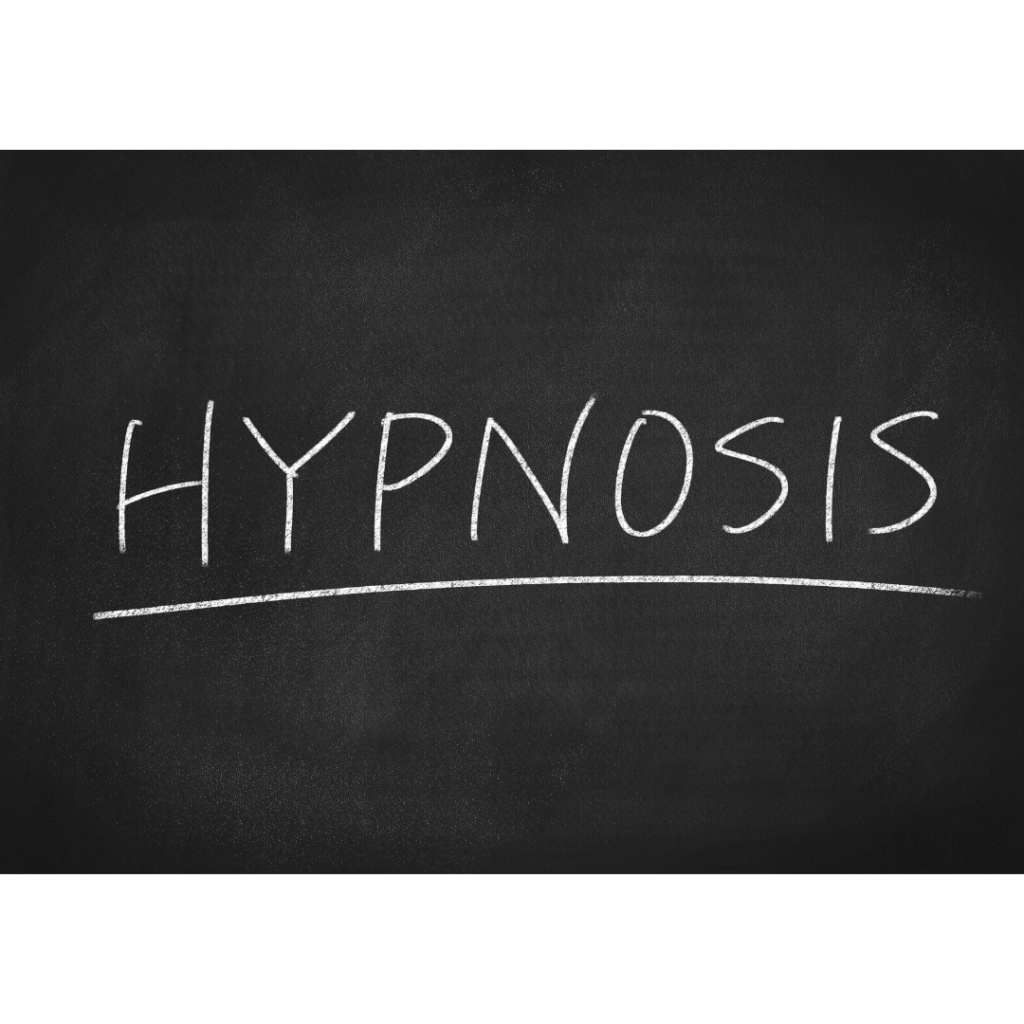
Hypnosis & Hypnotherapy – Part 1
Is hypnosis really like what you see on TV?
The short answer is NO. Join us for the next few weeks as we talk about how hypnosis can be used, while debunking some of the myths.
Definition: (Division 30 APA Kirsch, 1994) A procedure during which a health professional or researcher suggests that a client, patient or subject experience changes in sensation, perceptions, thoughts, feelings or behavior. The hypnotic context is generally established by an induction procedure. …most include suggestions for relaxation, calmness, and well being.
Stages of hypnosis:
- Induction: facilitate hypnotic state, focus attention.
- Deepening: Increase depth of hypnotic phenomenon to that client can experience.
- Utilization: What you do once you’re there, not treatment, assists treatment.
- Reorientation: Out of trance, come back to full consciousness.
Relationship is the most important component.
One way to increase success with hypnosis is to debunk the following myths and perceptions.
- Hypnosis is a form of therapy.
- Hypnosis is like sleep or being unconscious.
- In hypnosis, you are under the hypnotist’s control.
- Anyone who can be hypnotized must be weak-minded or gullible.
- You can “get stuck” in hypnosis.
- Hypnosis is taking the “easy way out.”
- Hypnosis is like the “truth serum.”
Join us next week to learn more!
